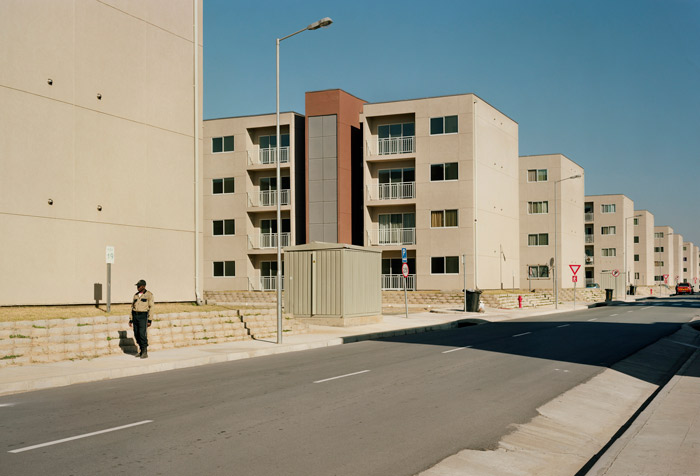Could art provide us with a more truthful picture of reality? In the exhibition “Africa is a Great Country” at Kulturen in Lund, Josefin Granetoft traces the trend of trying to change the one-sided picture of Africa.
A group of tourists are looking at the Niagara Falls in amazement. A man photographs himself with a selfie-stick. Another poses in front of a travelling company, doing the peace sign with his fingers. I am drawn in by that picture for long when visiting the exhibition “Africa is a Great Country”, by photographer Jens Assur, at Kulturen.
The name of the exhibition speaks for itself. Oftentimes, the diversity within and between the African countries and their inhabitants is channelled into reduced representations in western media.
Either from a tourist perspective, with the African rainforests and exotic animals, or from a news reporter perspective with its one-dimensional focus on areas hit by catastrophes.
In this exhibition, Jens Assur tries to turn his gaze to other parts of Africa. He himself has contributed in reinforcing the one-dimensional representation of Africa when working as a photographer-reporter for Expressen for fifteen years.
The picture of the tourist taking a selfie in front of the Niagara Falls undoubtedly turns the camera in the opposite direction completely. The tourist’s picture becomes one out of many.
Trying to broaden the view on Africa has been a clear trend in our close environment in the past six months. This past summer and autumn, Lunds konsthall , Wanås skulpturhall, and Louisiana just outside Copenhagen have all had displays on this very theme.

Being cynical, one could claim that this type of trends is only another in a long line of expressions representing the tourist hunt for new pictures from an unknown, fantasy-arousing continent.
When I heard of the exhibition presented at Danish Louisiana, which simply was named “AFRICA”, I wondered whether there was a risk of it just becoming another routine-like generalisation.
True, I didn’t manage to experience it, but I can’t help but thinking that it is impossible for one exhibition alone to capture the vast diversity of fifty-five different countries, and millions of real-life situations.
What is dangerous, I think, is when we forget that what is captured in the camera lens does not automatically provide a full representation of reality. Nor are exhibitions produced by influential institutions a guarantee that the experiences you take from it have brought you closer to “the truth”.
I appreciate that Jens Assur clearly renounces any such truth claims. The expressions of the pictures feel consciously forced – the people in them are almost posing for the camera. They are not trying to establish one version of “Africa”, but instead show a variety of scenes.
Every picture shows a scene from one out of twelve African capitals that Assur has visited during the project. Half-finished multi-store buildings inhabited by garbage, cattle, and TV-antennas are shown just as uncompromisingly as pictures of fenced-off luxury villas with swimming pools.
Regardless of what picture that is retained on a visitor’s retina, Assur’s exhibition can at least provide them with a slightly bigger picture archive that can spring to mind the next time “Africa” is the subject of conversation.
Personally, I hope the trend of the past year does not prove to be just another passing phase. Irrespective of whether you think the exhibitions presented during the past year “succeeded” in providing a truer picture of Africa or not, I am convinced that we still need yet other nuances to make our picture of the world complete.
Article: Josefin Granetoft
Translation: Richard Helander






